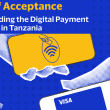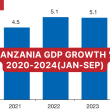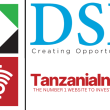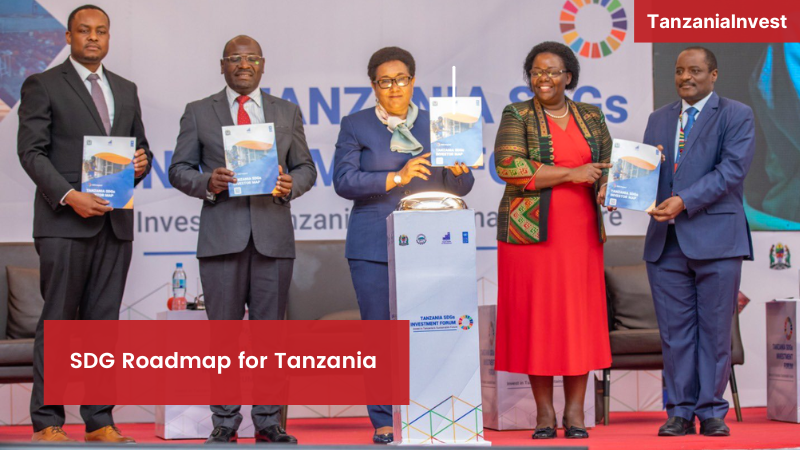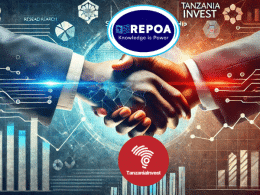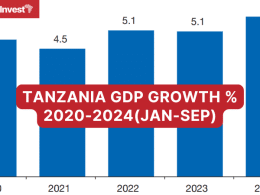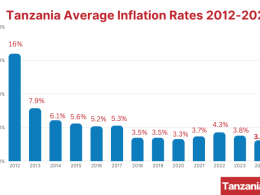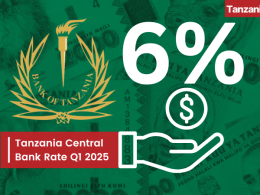On 30th November, the Ministry of Investment, Industry, and Trade (MIIT) of Tanzania officially released in Dar es Salaam the SDG Investor Map for Tanzania in collaboration with the United Nations Development Programme (UNDP).
The document is a market intelligence report to help private investors (funds, financiers, corporations) identify investment opportunities and business models that advance the Sustainable Development Goals (SDGs).
It provides the insight and tools needed by the private sector to translate country-level SDGs gaps and priorities into investment opportunities and thereby increase their investments towards the SDGs.
The SDG Investor Map offers an integrated and functional lens that showcases 13 Investment Opportunity Areas (IOAs) across five (5) priority investment sectors: Agriculture, Renewables & Alternative Energy; Infrastructure; Services, and Education.
In his foreword to the document, Mr. Ally Gugu, Deputy Permanent Secretary for Investment of the Ministry of Investment, Industry and Trade explains that this is consistent with the strategic priorities of Tanzania’s National Development Plan which places utmost priority on “Transformative Partnerships” between the public sector, private sector, and civil society. The Tanzania Government firmly believes that investment is about building both relationships and trust. The kind of investments Tanzania is looking for is for mutual long-term benefits. SGD Investor Road Map is expected to create such partnerships.
“The SDG Investor Map is therefore an ideal launching pad for realizing the opportunities presented by the improved business climate in Tanzania. Going forward, it will undoubtedly become a perfect springboard for harnessing further investments.”
For her part, Christine Musisi, UNDP Tanzania Resident Representative explains in her foreword that the SDG Investor Map seeks to help private investors to identify investment opportunities in key areas of the economy and to make clear actionable data that combines impact and profit.
The SDG Investor Map identifies sectoral opportunities that are responsive to key development challenges while being economically viable and scalable.
“By connecting development needs to investment opportunities, we are seeking to direct financing flows toward Tanzania and contribute to reaching the SDGs.”
The event also saw the launch of the SDG Investment Platform which provides data, information, and insights on investment opportunities with the potential to contribute to sustainable development.
The platform is available on the Tanzania Investment Center (TIC) website at https://sdg.tic.go.tz and was developed with funding from United Nations Development Programme (UNDP) and in cooperation with the Impact Investment Advisory Board (EYDK).
The platform aims to mobilize private sector financial resources to achieve Sustainable Development Goals (SDGs) and promote impact investments by providing investors and enterprises with unified standards, tools, services, and best practices to verify contributions to achieving SDGs and identify SDG investment opportunities in Tanzania.
The SDG Investor Platform is for Investors who want to deploy capital toward the achievement of the SDGs, Philanthropic Foundations who want to quantify and articulate SDG-enabling impact achieved; Private Equity Funds, Bond Issuers & Enterprises who want to align their internal decision-making practices with contributing to the SDGs, and validate and communicate that alignment through independent assurance; Academia who want to benefit from the impact management and measurement training, including MBA programs who can build on the decision-making framework of the SDG Impact Standards; Consulting Firms who want to train and act as accredited independent assures; Development Finance Institutions who want to target local investment opportunitiesor find partners to support SDG-relevant projects.
UNDP Sustainable Development Goals
The Sustainable Development Goals (SDGs), also known as the Global Goals, were adopted by the United Nations in 2015 as a universal call to action to end poverty, protect the planet, and ensure that by 2030 all people enjoy peace and prosperity.
The 17 SDGs are: 1) No Poverty, 2) Zero Hunger, 3) Good Health and Well-being, 4) Quality Education, 5) Gender Equality, 6) Clean Water and Sanitation, 7) Affordable and Clean Energy, 8) Decent Work and Economic Growth, 9) Industry, Innovation and Infrastructure, 10) Reduced Inequality, 11) Sustainable Cities and Communities, 12) Responsible Consumption and Production, 13) Climate Action, 14) Life Below Water, 15) Life on Land, 16) Peace and Justice Strong Institutions, 17) Partnerships to achieve the Goal.

